The op amp is a DC-coupled high-gain electronic voltage amplifying device that typically has a differential input and a single-ended output. In this configuration, the op amp produces an output potential (relative to the circuit ground) that is much larger than the potential difference between the input terminals. Some ideal op amp configurations usually assume that the feedback resistor has perfect matching characteristics, but in fact the non-ideal factors of the resistor affect various circuit parameters such as common mode rejection ratio, harmonic distortion and stability. The actual performance of precision amplifiers and analog-to-digital converters often fails to reach the desired level because electronic components are not as perfect as described in their specifications. Therefore, careful selection of resistors will be the key to determining whether the performance of components such as amplifiers and converters will perform as expected. The matched network resistance accuracy is far superior to the unmatched discrete resistors, ensuring that the resistor performance is as described in the specification and can be applied to precision integrated circuits. Applying differential amplifier resistors with precise matching is essential In the design of power supply monolithic integrated circuits, our usual practice is to match internal components as accurately as possible. For example, the input transistors of an op amp need to be precisely matched to provide a low compensation voltage. If we must use discrete transistors in our op amps, we must control the compensation voltage to 30mV or more and accurately match the on-chip resistance. The integrated differential amplifier takes full advantage of the matching of precision on-chip resistors and laser trimming technology (Figure 1, Figure 2). The excellent common mode rejection performance of these integrated components depends on the exact matching and temperature tracking of well-designed integrated circuits. Figure 1 Reverse Operational Amplifier Configuration Figure 2 Schematic diagram of the differential amplifier circuit and output equation The final tracking gain is achieved by using a paired (1:1 ratio) resistor of the hermetic package. The temperature drift of these ultra-precision resistors is only 0.05ppm/°C at the hot or cold end, and the tracking temperature drift of the two adjacent resistors is less than 0.1ppm/°C. In order to achieve the best tracking parameters, it is necessary to use a resistor with a very low absolute temperature drift (a large characteristic of ultra-precision resistor) to avoid the resistance drift caused by the temperature difference. The performance of a variety of differential circuits depends on the performance of the matching resistors. Any mismatch will cause common mode errors. The common mode rejection ratio is an important measure of this circuit because it represents how many redundant common mode signals will appear at the output. The common mode rejection ratio in the circuit can be obtained by the following formula: CMRR=1/2(G+1)/ΔR/R G is the gain amplification factor, R is the resistance value, and the unit is ohm. The use of high-matching precision resistors in differential amplifiers is critical, especially in sophisticated medical devices such as scanning electron microscopes, blood cell counters, and in vivo diagnostic probes. Amplifiers with signal converter precision resistors are indispensable Wheatstone bridges (or single-arm bridges) are used in a wide variety of applications. Today, in modern operational amplifiers, we can connect Wheatstone bridge circuits to various sensors. Unlike a known resistance value compared to a known resistance value, Wheatstone bridges have many uses in the circuit. The Wheatstone bridge circuit is a series of two simple resistors in parallel between the power supply terminal and the ground. When the bridge reaches equilibrium, there is a zero voltage difference between the two parallel branches. The Wheatstone bridge has two inputs and two outputs, including four resistors arranged in the shape of a diamond as in Figure 3. This is the typical painting of the Wheatstone Bridge. When used with an op amp, Wheatstone bridges can be used to measure and amplify slight variations in resistance. Using ultra-precision resistors makes bridge balancing much more accurate than with conventional thin film resistors. Because the four resistors are active, their matching and stability play a crucial role in bridge balancing. Figure 3 Wheatstone bridge differential amplifier The balanced Wheatstone bridge differential amplifier can be used for power plant smart grid measurements. It can also be used in solar converters, whose efficiency depends directly on the bridge balance using high stability resistors. Amplifier ultra-precision resistors work together to achieve an ideal sensor interface Precision, low-noise op amps are typically used to amplify signals from sensors such as temperature, pressure, and light, and then send the signal to an analog-to-digital converter. In this type of application, the amplifier's input compensation voltage and input voltage noise parameters play a decisive role in the resolution of the System. Ultra-precision resistors feature low compensation and low noise, making the amplifier an ideal sensor interface (Figure 4). Figure 4 uses an operational amplifier as a sensor interface Ultra-precision resistors are also well suited for the input of digital-to-analog converters (Figure 5). Digital signals create lower noise through matched ultra-precision resistors, reducing distortion in the output analog signal. Metal foil technology has a noise level of -40dB, making foil technology resistors ideal for reference resistors and gain resistors in high-end audio analog-to-digital conversion and digital-to-analog conversion circuits. Low-noise operational amplifiers play a decisive role in radio frequency interference equipment in avionics, military, and aerospace applications, including gyroscopes, GPS chip control amplifiers, and antenna orientation control units. Figure 5 uses a precision resistor as the input to the digital-to-analog converter Resistance Characteristics Turns Off Op Amp Application Circuit Performance Op amps are components that are used in many circuit designs, and their actual performance is often closely related to the characteristics of the resistor. This article uses several common op amp applications as an example to explain how the characteristics of the resistor affect the performance of the op amp. When the application developer makes the relevant circuit design, special attention should be paid to the matching of the resistor and the stability of the resistor itself to ensure that the performance of the circuit can be expected. NB asset GPS trackers,NB-IOT asset GPS trackers,4G Asset GPS Trackers,Asset Tracking Device,LTE Waterproof Asset Trackers esky wireless Inc , https://www.eskygpsiot.com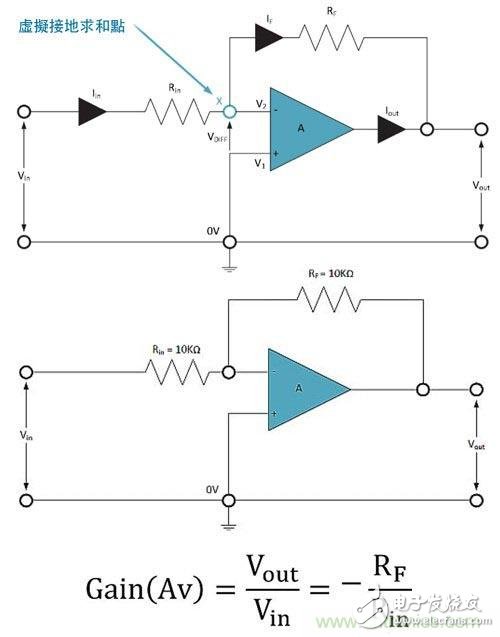
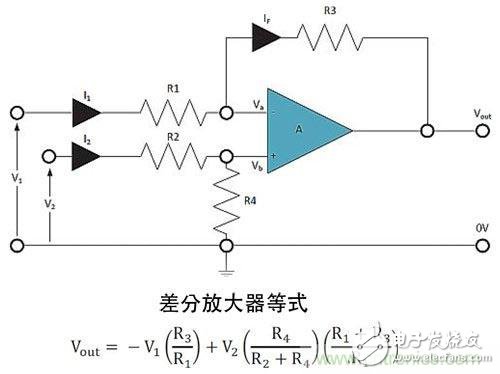
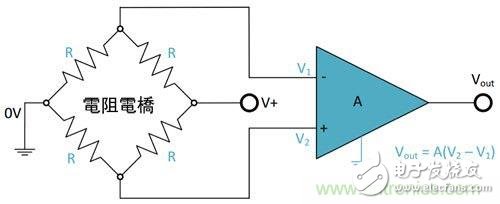
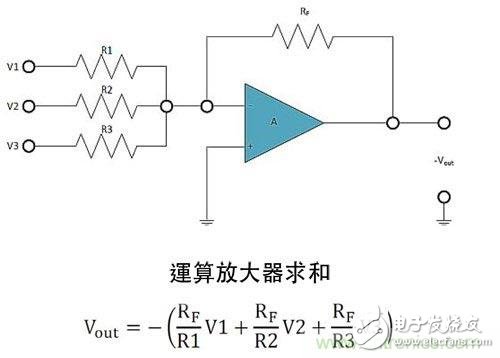
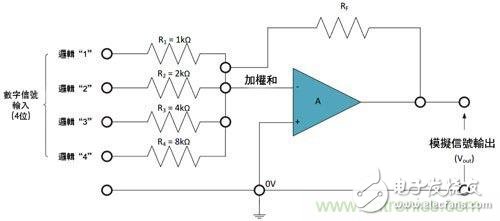
Is resistor matching and stability really a guarantee for op amp performance?
The op amp is a DC-coupled high-gain electronic voltage amplifying device that typically has a differential input and a single-ended output. Some ideal op amp configurations typically assume that the feedback resistor has perfect matching characteristics, but in fact the non-idealities of the resistor affect various circuit parameters such as common mode rejection ratio, harmonic distortion, and stability.